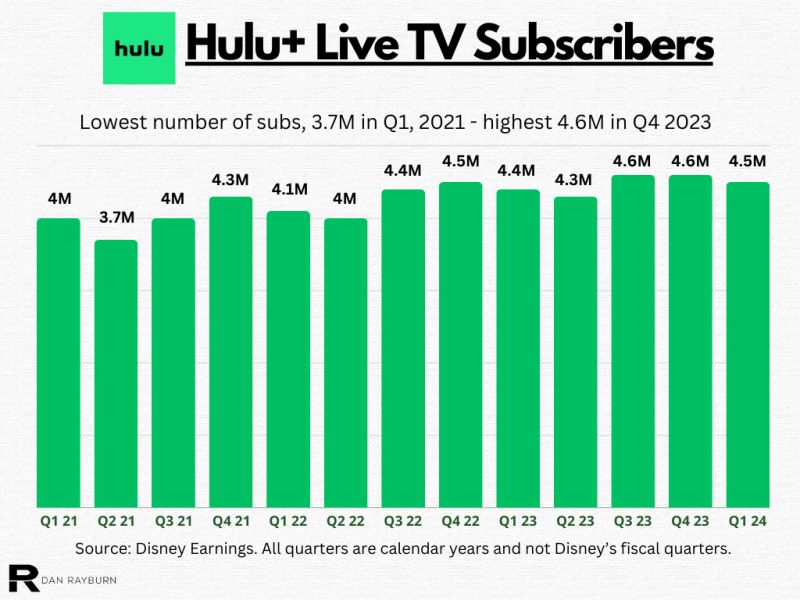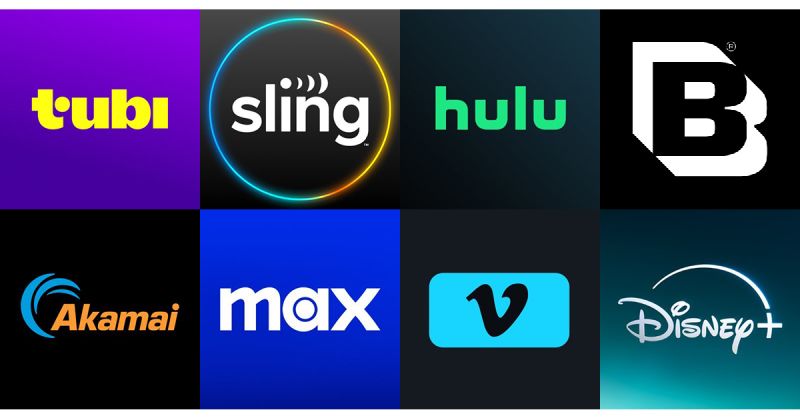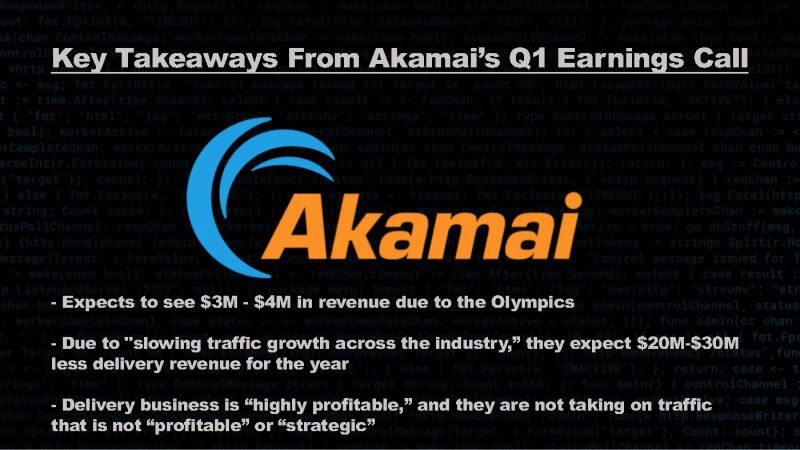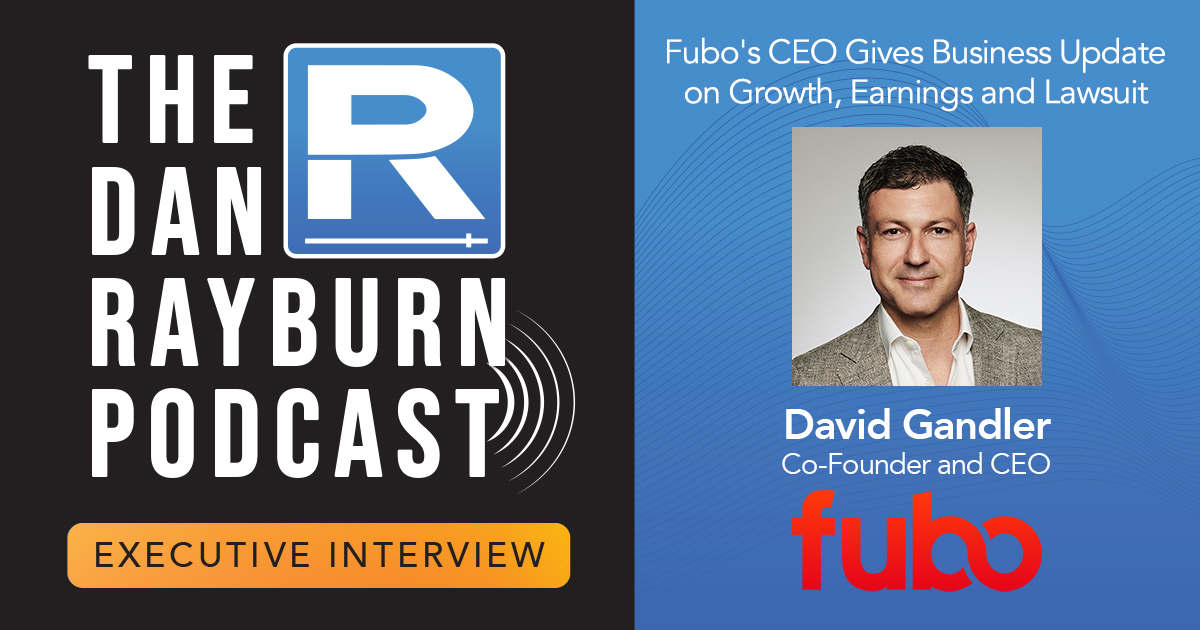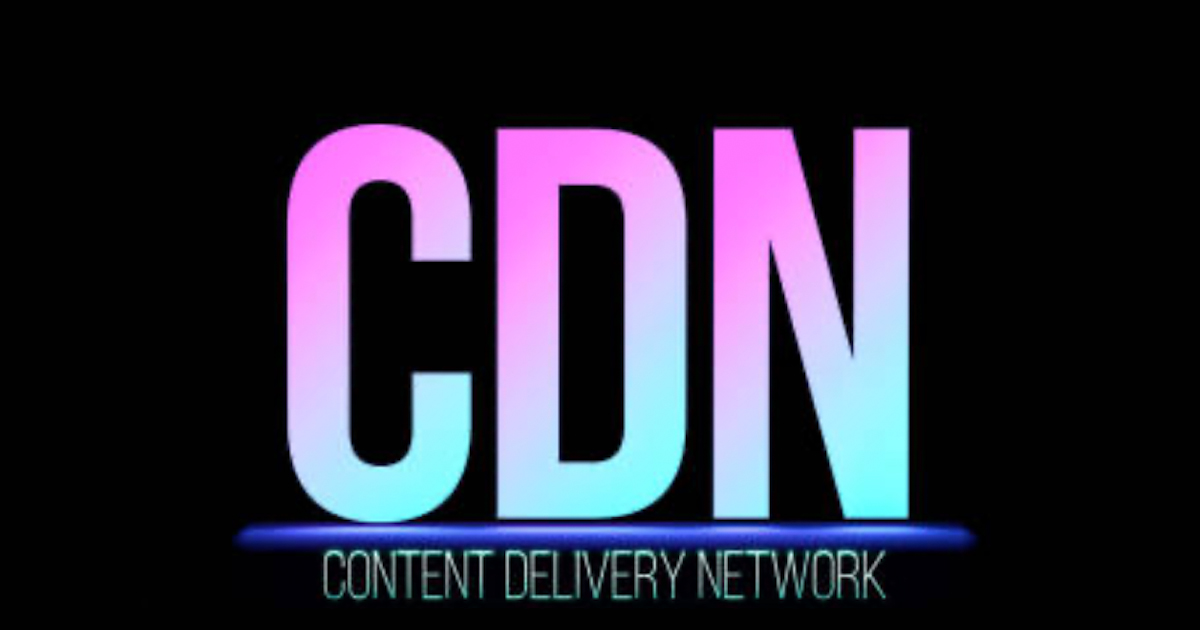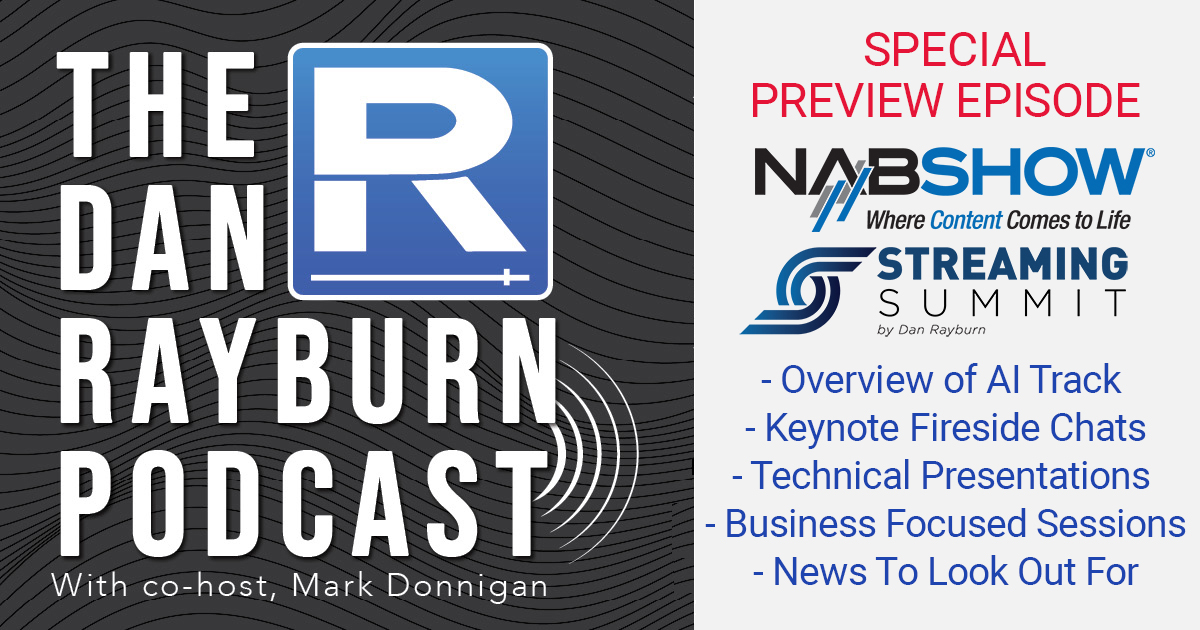Google Hit With Patent Suit Over Delivery of Content on YouTube and Google Cloud
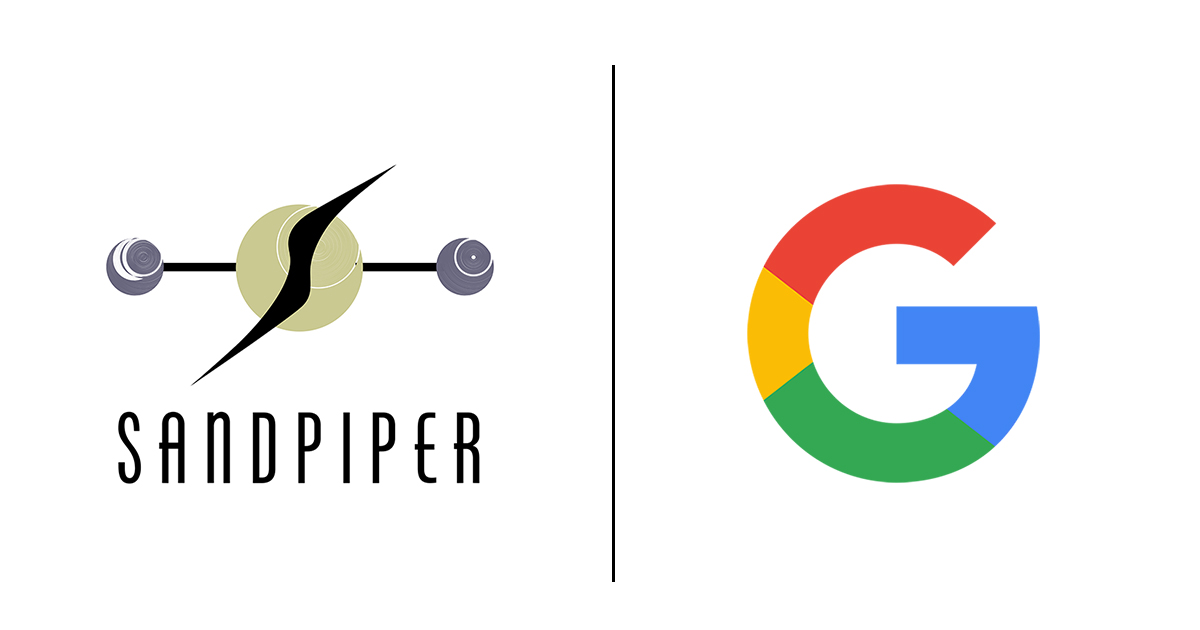
A new patent lawsuit has been filed against Google regarding caching and content delivery methods dating back to Sandpiper Networks. The lawsuit relates to how Google delivers content across its network for YouTube content and third-party content across Google’s Cloud CDN platform.
The patents in question were owned by Level 3 and were sold off by Lumen in March of this year to Sandpiper CDN, LLC. I don’t know who is behind the newly formed entity, which appears to have been incorporated solely to acquire the patents. Andrew Swart and David Farber are mentioned in the suit regarding the history of the patents, but I don’t have confirmation of their involvement in Sandpiper CDN, LLC. and the suit. I contacted them asking for clarification and will update this post if I get a response.
For those who don’t know the name Sandpiper Networks, the company is considered by most to have built the first public content delivery network. [See my vendor list at cdnlist.com]
They first offered their “Footprint” CDN services in September 1998, and their ‘598 patent was issued in February 2001. Sandpiper was acquired in a stock deal by Digital Island in October 1999, valuing the company at the time of the news at $630 million. After the news, Digital Island’s shares soared, and by the close of trade, Sandpiper was worth a billion dollars on paper. I don’t recall the final deal price and terms.
In the suit, Sandpiper CDN, LLC. claims that in 2023, Level 3 “decided to exit the CDN market and began selling off its CDN assets” due to the “rampant infringement of its patents, which depressed its revenue and profit.” That assertion is not accurate. Level 3 exited the market as some of its largest customers, including Apple and Disney, moved to other solutions, with Apple building its own CDN and Disney consolidating its traffic to just two third-party CDNs.
Lumen’s CDN revenue did not decline due to a lack of companies licensing their patents. Level 3/Lumen’s CDN business declined before 2023 due to less overall traffic growth in the market, lower pricing across the industry, and customers optimizing their video to deliver fewer bits. We’ve seen these trends across other CDNs, which are well documented with public data.
The patents in question are 478,903; 8,595,778; 8,645,517; 8,719,886; 9,021,112; and 10,924,573.
Disclaimer: Over the past twenty years, I have been paid to work on many patent suits tied to CDN patents, including those owned by Progressive Networks, Burst, Move Networks, Microsoft, Viatech and others. As of the publication of this post, I am not working on the Sandpiper CDN, LLC. case.
Note: The Sandpiper logo shown is the company logo from Sandpiper Networks and not of Sandpiper CDN LLC.

